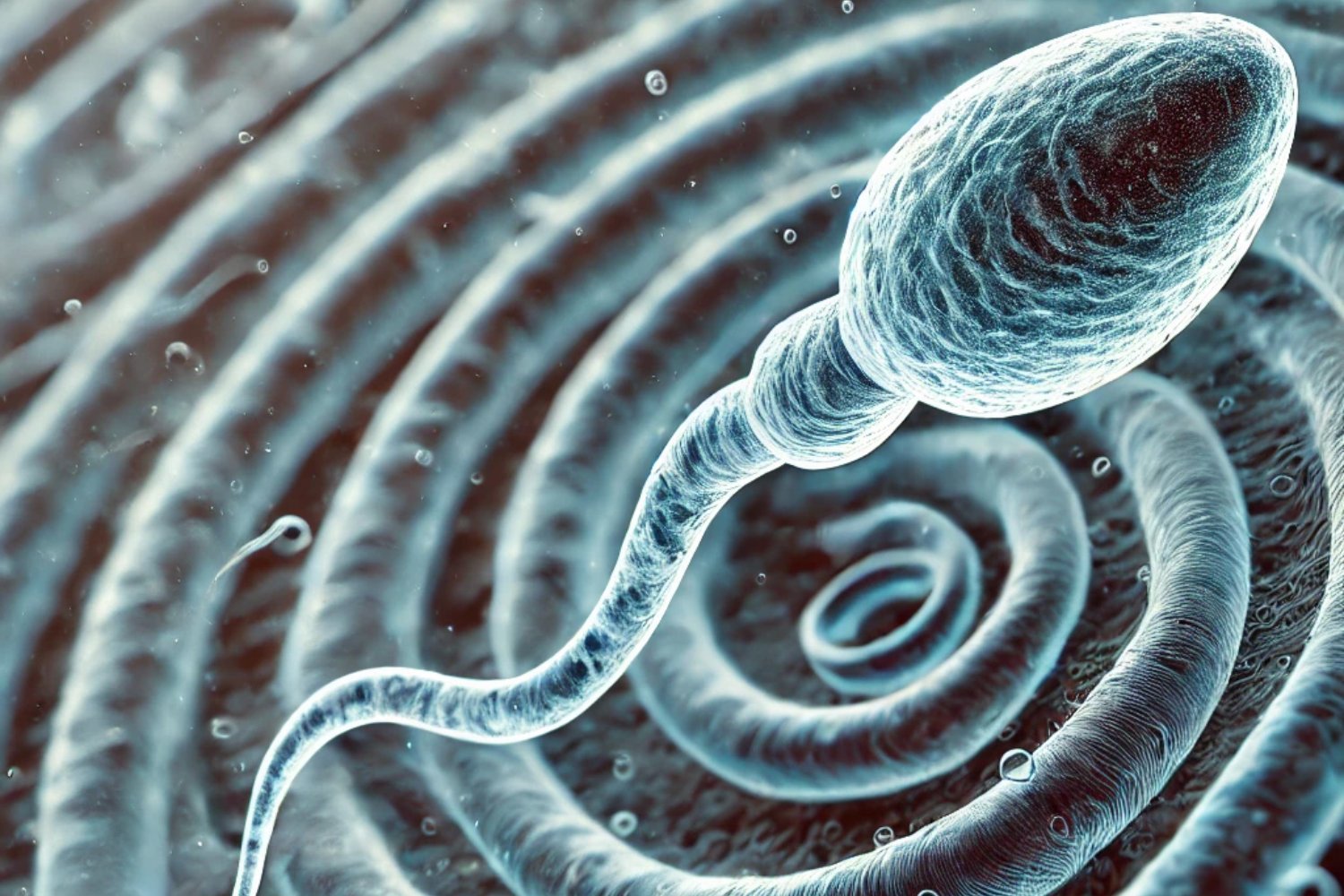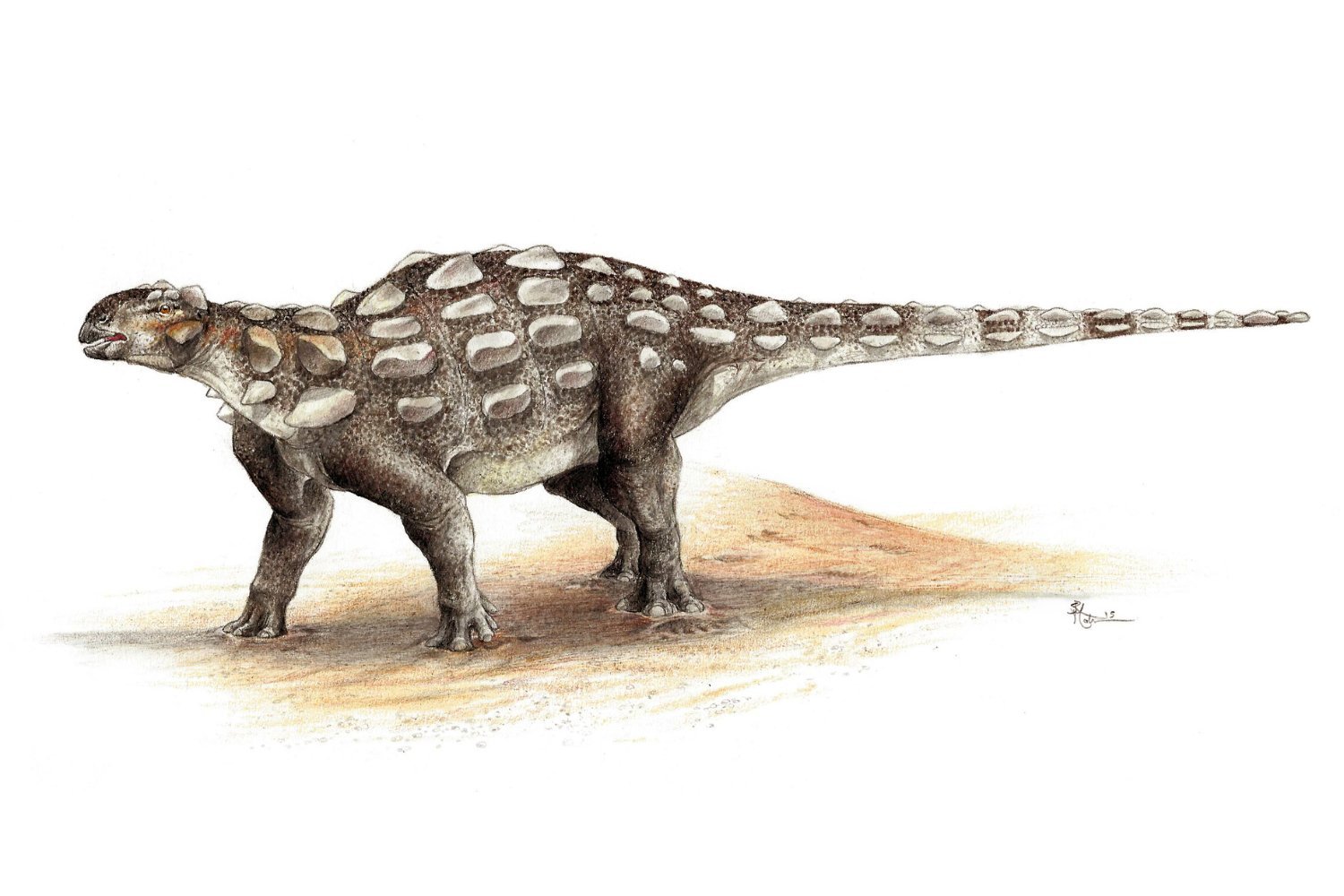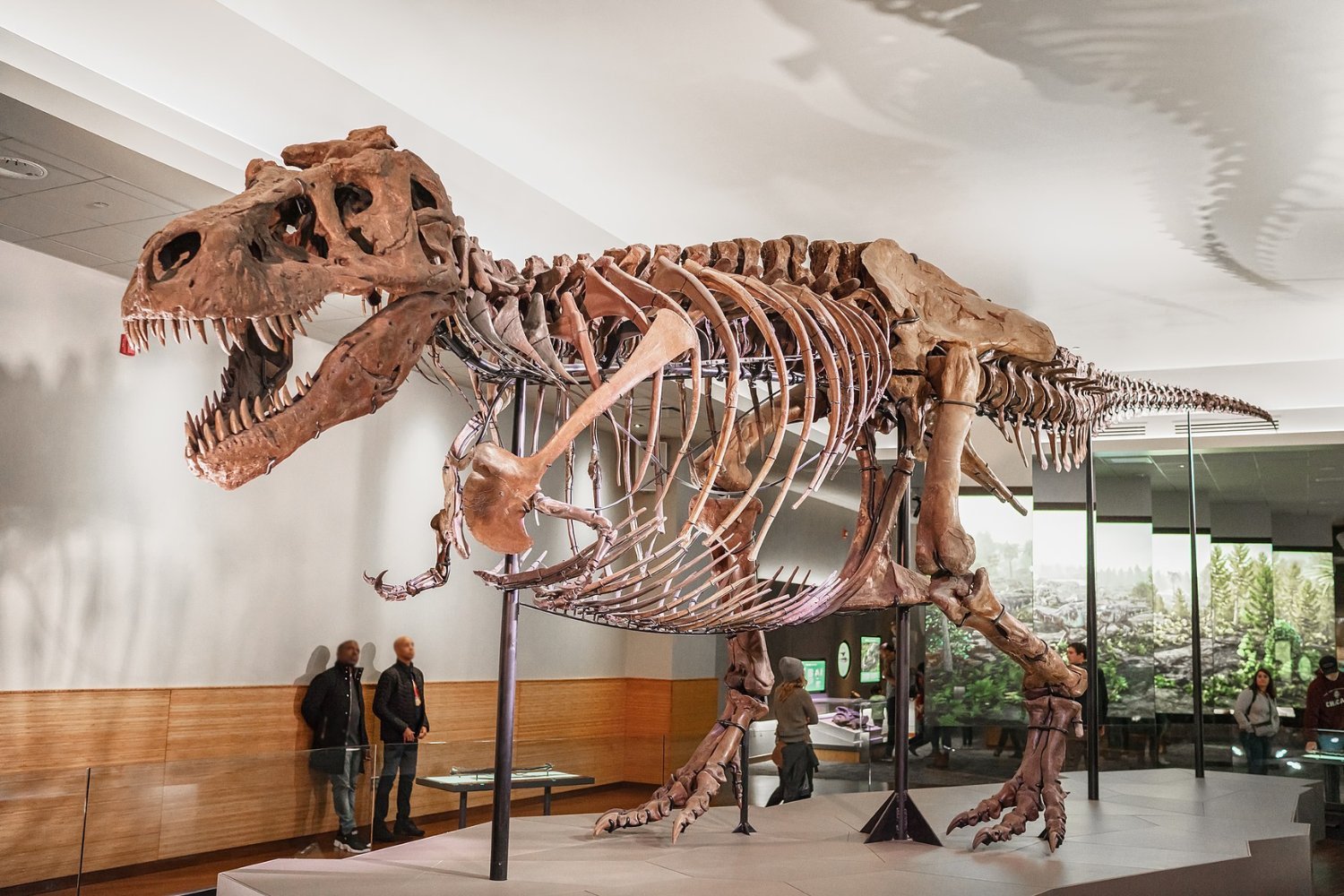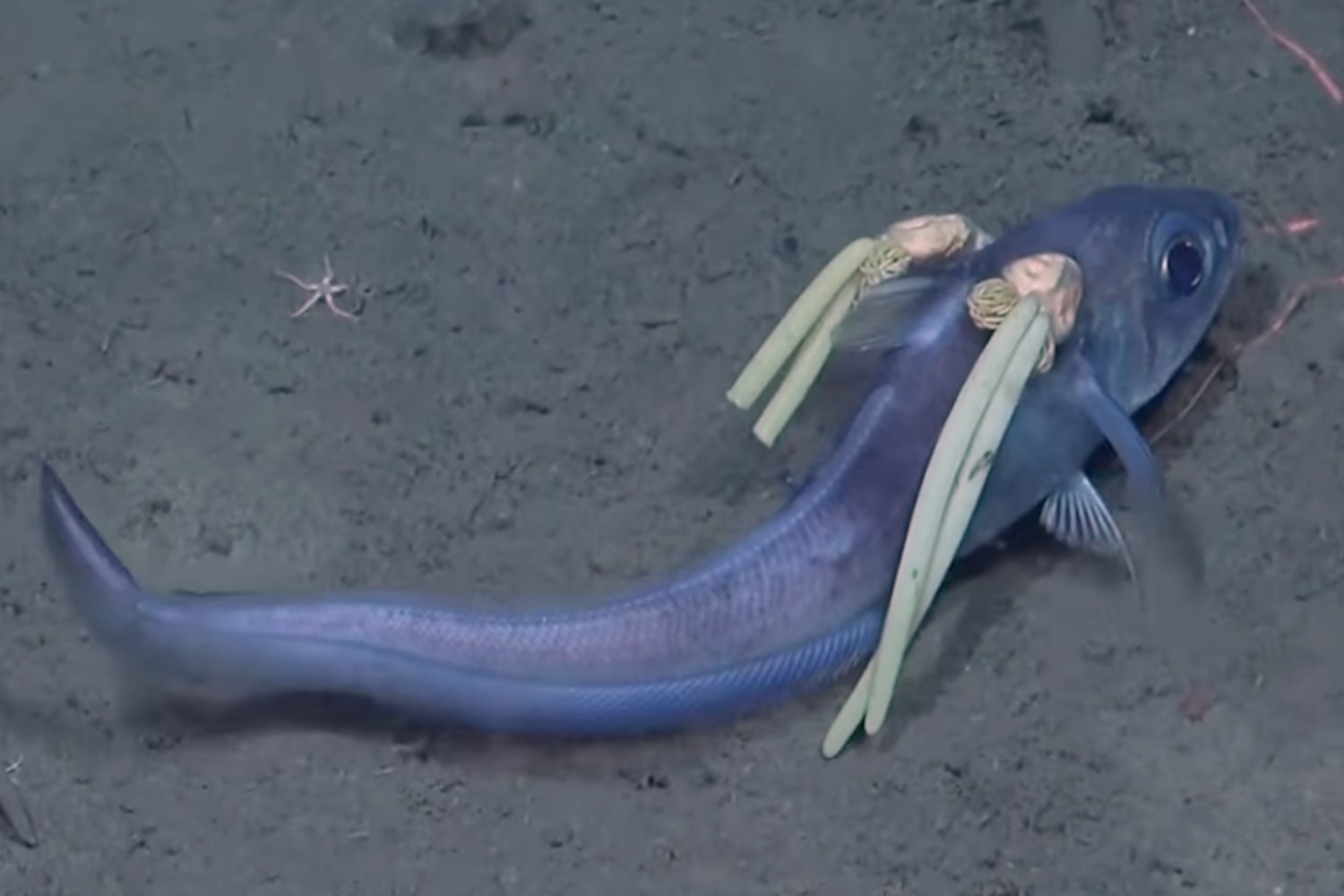We’ve all heard the simplified version of reproduction: sperm swim to the egg. But new research reveals a far more complex and fascinating story. Sperm aren’t just swimming; they’re utilizing a sophisticated corkscrew motion, creating swirling vortices that propel them through the female reproductive tract with surprising efficiency.
This groundbreaking discovery, published in Cell Reports Physical Science, challenges the conventional understanding of sperm locomotion and offers potential insights into fertility research. Researchers from Monash University and the University of Melbourne used advanced 3D imaging techniques to analyze the fluid dynamics around swimming sperm. Their findings revealed a previously unknown mechanism that significantly enhances sperm propulsion.
The Corkscrew Mechanism: A Symphony of Swirling Vortices
As a sperm propels itself forward, its tail (flagellum) generates a whipping motion. This motion, in turn, creates multiple swirling fluid vortices that attach to the sperm’s body and rotate in sync, like a miniature, synchronized swimming team. These swirling vortices act like tiny propellers, boosting the sperm’s forward momentum.
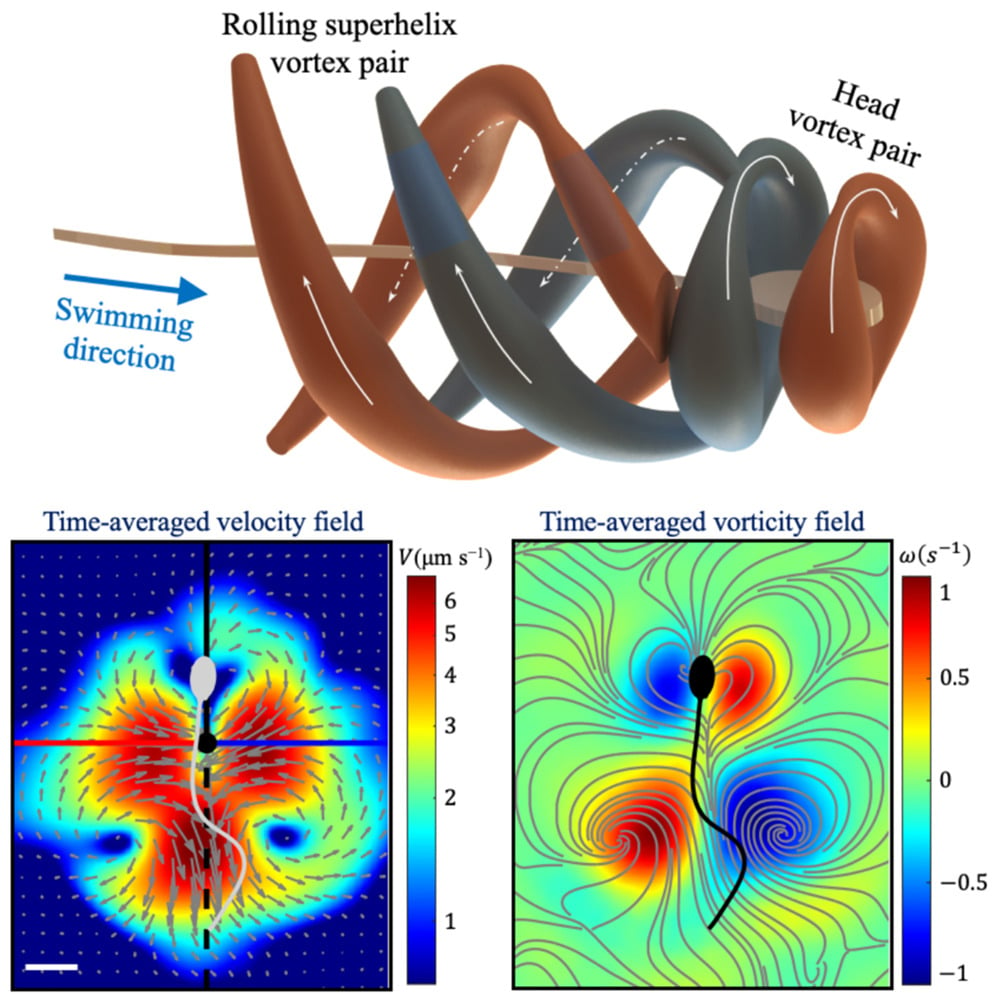 Sperm Imaging
Sperm Imaging
Visualizing the Superhelix: A Twisted Tale of Fluid Dynamics
Imagine a rubber band twisted into a spiral, then twisted again to form a superhelix – a tightly coiled, extra-twisted structure. This superhelix, formed by the swirling vortices, follows the sperm as it moves, tightening and enhancing its propulsion. This complex interaction between the sperm’s movement and the surrounding fluid dynamics provides a significant advantage in the race to fertilization.
Implications for Fertility Research and Beyond
This discovery has significant implications for reproductive science. Understanding how sperm navigate the complex fluid environment of the female reproductive tract is crucial for addressing fertility issues. The corkscrew propulsion method may influence how sperm interact with their surroundings, potentially playing a critical role in successful fertilization.
Moreover, this research extends beyond human reproduction. The insights gained from studying sperm locomotion can be applied to understanding the movement of other microscopic swimmers, like bacteria, and their interaction with their environments. This could lead to advancements in various fields, including microbiology and nanotechnology.
Conclusion: Redefining the Race to Fertilization
The discovery of sperm’s corkscrew propulsion method redefines our understanding of this fundamental biological process. It’s not simply a matter of swimming; it’s a complex interplay of fluid dynamics and synchronized movements. This research opens exciting new avenues for fertility research and provides valuable insights into the intricate world of microscopic locomotion. This new understanding of how sperm navigate their environment could lead to breakthroughs in reproductive technologies and a deeper understanding of the very beginnings of life.



